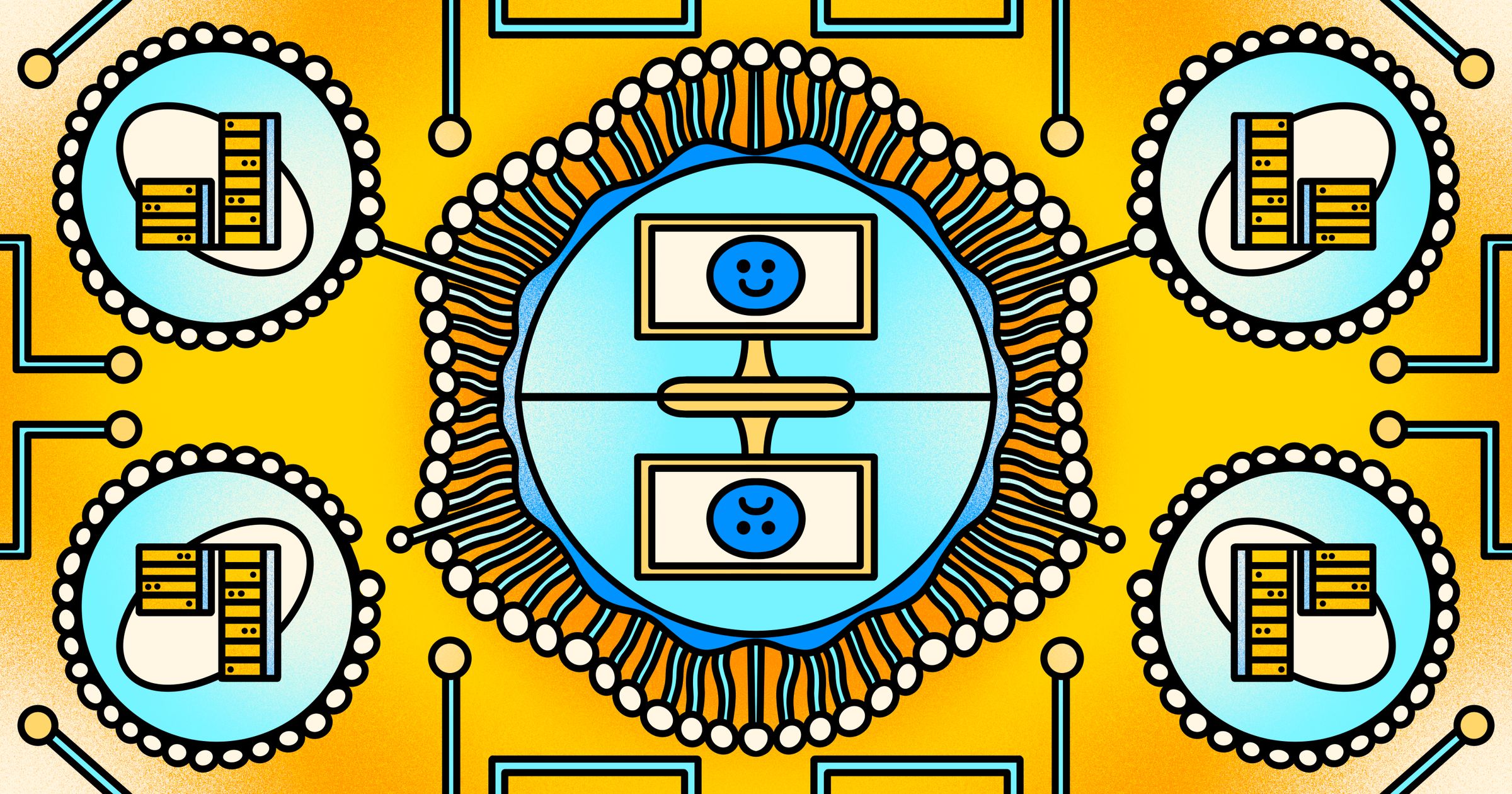Embracing the co-evolution: AI's role in enriching the workforce

AI's capabilities in data processing and predictive analytics are undeniably
impressive, yet it falls short in embodying human experience–empathy, contextual
comprehension, and emotional intelligence. This raises the question: what can AI
achieve without human involvement? For example, several automotive companies are
adopting LLMs into their vehicles and systems. They use it to conduct routine
checks and assist with on-road safety and predictive maintenance. But in this
case, AI cannot fix any of the problems that it detects. To ensure that the
challenges detected by AI are addressed, businesses will always need skilled
human workers. ... If things with AI aren’t that bad, why is the popular
narrative suggesting otherwise? The simple answer is, timing. The economic
conditions coupled with the aftermath of the pandemic has left people bracing
themselves for the next big disruption. Add the popularity of LLMs into the mix,
and you have what seems like the next catastrophe. But that’s far from the
truth.
Burnout: An IT epidemic in the making

Even among those who report low or moderate levels of burnout, 25% express a
desire to leave their company in the near future. And burnout is also impacting
skills acquisition, as 43% of Yerbo survey respondents said they had to stop
studying for a certification exam because they were unable to find time due to
their workloads. Further, burned-out employees who do leave are highly likely to
negatively impact your company’s reputation by sharing their frustrations online
and on review sites, where other potential candidates can see them. With tech
talent markets always tight, increased burnout within your organization can
quickly become not only a retention issue, but a recruitment problem as well.
... Burnout can’t be fixed overnight. Turning around burnout in your
organization will require consistency and dedication to improving the employee
experience. You’ll need to consider increases in resources, mentoring,
opportunities for advancement, as well as evaluating boundaries around work-life
balance and ensuring that a healthy balance is reflected and modeled all the way
to the top.
Edge and beyond: How to meet the increasing demand for memory

What is needed is a way to improve direct access to offboard memory by providing
on-demand access to memory across servers. The industry has recognized this and
has been working on a software-defined memory solution for many years in the
form of CXL. However, CXL 3.0, which provides complete caching capability, is
still several years away, will require new server architecture, and will only be
available in forthcoming generations of hardware. Concerns about latency
compromises are surfacing, too. Even CXL 3.0 is still piggybacking on the PCI
Express (PCIe) physical layer and relying on physical memory paired with PCIe,
so one would ordinarily incur a penalty on a key critical metric—latency.
Generally, the farther the memory is from the CPU, the higher the latency and
the poorer the performance. Workloads at the heart of everything from HPC to AI
have significant memory requirements. But designers struggle to make use of the
additional cores available in modern CPUs. The leap forward in the number of CPU
cores is mismatched with a lack of memory bandwidth.
The False Dichotomy of Monolith vs. Microservices
Sure, microservices are more difficult to work with than a monolith -- I’ll give
you that. But that argument doesn’t pan out once you’ve seen a microservices
architecture with good automation. Some of the most seamless and
easy-to-work-with systems I have ever used were microservices with good
automation. On the other hand, one of the most difficult projects I have worked
on was a large old monolith with little to no automation. We can’t assume we
will have a good time just because we choose monolith over microservices. Is the
fear of microservices a backlash to the hype? Yes, microservices have been
overhyped. No, microservices are not a silver bullet. Like all potential
solutions, they can’t be applied to every situation. When you apply any
architecture to the wrong problem (or worse, were forced to apply the wrong
architecture by management), then I can understand why you might passionately
hate that architecture. Is some of the fear from earlier days when microservices
were genuinely much more difficult?
The Software Testing Odyssey That You Need to Take

Let’s illustrate a practical scenario where a financial services company is
adding new transactional functionalities to its application. Its team uses
AI-powered test creation to transform its user stories and requirements into
functional test scripts. The AI uses natural language processing to analyze
descriptions of test requirements and convert them into executable scripts
that simulate user interactions within the banking application. During
testing, which is automated and runs at predefined times, a minor application
layout UI change occurs. This results in a number of tests failing as the
pre-existing automated tests cannot locate the update element. This is where
AI-powered self-healing comes in. The AI algorithm, powered by classification
AI techniques, will inspect the failed tests meticulously and compare them
with previous test versions. Through this analysis, the AI identifies the UI
element change that caused the failures and autonomously updates the test
scripts with new locators for the UI element changes.
3 Ways of Protecting Your Public Cloud Against DDoS Attacks
While basic DDoS protection offered by CSPs is free, more advanced, or
comprehensive protection options come with additional costs. This becomes
quite expensive because you will need to pay a monthly fee for each account or
resource, and if you need more visibility into the traffic, you must turn on
and pay for an additional service. All the additional charges add up quick and
turn out to be quite expensive. Best for: All in all, the native DDoS
protection offered by cloud service providers offers basic protection which
provides good coverage for most network-layer attacks. This will be good for
those looking for cheap, no hassle, integrated protection with low latency.
... Third-party DDoS mitigation services are best for organizations looking
for dedicated, advanced DDoS protection, particularly of missions-critical
applications. It is also suitable for organizations which are frequently
attacked, and need constant, high-grade protection. In summary, DDoS
protection is a fundamental component of cybersecurity in public cloud
environments.
What is data security posture management?

As defined by Gartner, “data security posture management (DSPM) provides
visibility as to where sensitive data is, who has access to that data, how it
has been used and what the security posture of the data stored or application
is.” The DSPM approach aims to help organizations in three ways to improve
their security posture: cloud data visibility, cloud data movement and cloud
data protection. Cloud data visibility: Discover shadow data rapidly expanding
in the cloud with autonomous data discovery. This capability provides a
powerful and frictionless way to find data that sprawls within cloud service
providers and Software-as-a-Service (SaaS) apps. Understanding where your data
resides helps to shrink your attack surface and reduce data risks. Cloud data
movement: Analyze potential and actual data flows across the cloud.
Identifying where and how data moves will help provide clarity on which data
access controls and policies can best prevent vulnerabilities and
misconfigurations. Cloud data protection: Uncover vulnerabilities in data and
compliance controls and posture.
Harnessing Conflict To Create An Ideal Company Culture

The ideal work environment encourages open communication and provides
psychological safety for team members to share their views and opinions in a
respectful way. Cultivating this type of workplace takes time, practice and
training. Effective communication is a skill that not all employees are
taught, especially when it comes to expressing dissent or differing points of
view. Occasional training, coaching sessions and/or other materials may be
necessary to teach team members how to communicate respectfully. Courses can
walk through theoretical conversations and provide practical tips on how to
thoughtfully explain one’s point of view without offense or personally
attacking those who see things differently. Coaching sessions could also be a
valuable resource so that teammates can have a person available to help them
evaluate real-life scenarios that they may encounter. Often business coaching
can include role-play in those scenarios that allow people to practice their
new skills. Successful leaders acknowledge and appreciate a diversity of
voices—even the dissenters—in their company culture.
The House of Data and Data Stewardship with Dr. James Barker

“The House of Data is loosely based on Toyota’s House of Quality, which was a
hot topic when I got my master’s degree,” Barker began. “When I was at
Honeywell getting their first data governance council going, we had a diagram
that included things such as master data management (MDM), data quality,
standards, and enforcement as part of it, but it really wasn’t resonating with
people. Then I saw an example of a pillar diagram at a conference and took it
back to my team to apply to our work.” The original House of Data diagram had
four pillars -- data quality, data security, MDM, and compliance -- with data
architecture as the floor and the governance council itself as the roof. ...
At the primary level, you have your lead data stewards working together to
keep things moving forward, whether aligned around a specific function (such
as finance or manufacturing) or around a line of business. This type of
council works best at large organizations, includes a mix of LOB and
functional representation, and often meets weekly to stay up to date on what’s
working and what’s not.
Why IT and Cybersecurity Need Apprenticeships Now More Than Ever

From the apprentice’s perspective, this pathway promises numerous benefits:
acquisition of in-demand skills, paid learning opportunities, valuable
field-specific experience, and networking avenues with potential employers.
Often, apprenticeships culminate in full-time job offers, presenting a clear
trajectory for career advancement. Businesses, in parallel, stand to gain
significantly. Through apprenticeships, they can nurture a workforce tailored
to their unique needs, potentially reducing turnover, diversifying their
teams, and boosting overall morale and productivity. However, hiring
apprentices is not the slam-dunk some government agencies make it out to be.
Although companies can be reimbursed for the training costs for registering an
apprentice program, participation has drawbacks. The application process is
time-consuming, and most states require an Apprenticeship Governance Board to
approve or reject an application. While this process is admirable to retain
rigor in programs, it can be streamlined. After successful registration, there
are compliance steps, related training and instruction, and mentor
assignments.
Quote for the day:
“Identify your problems but give your
power and energy to solutions.” -- Tony Robbins
No comments:
Post a Comment